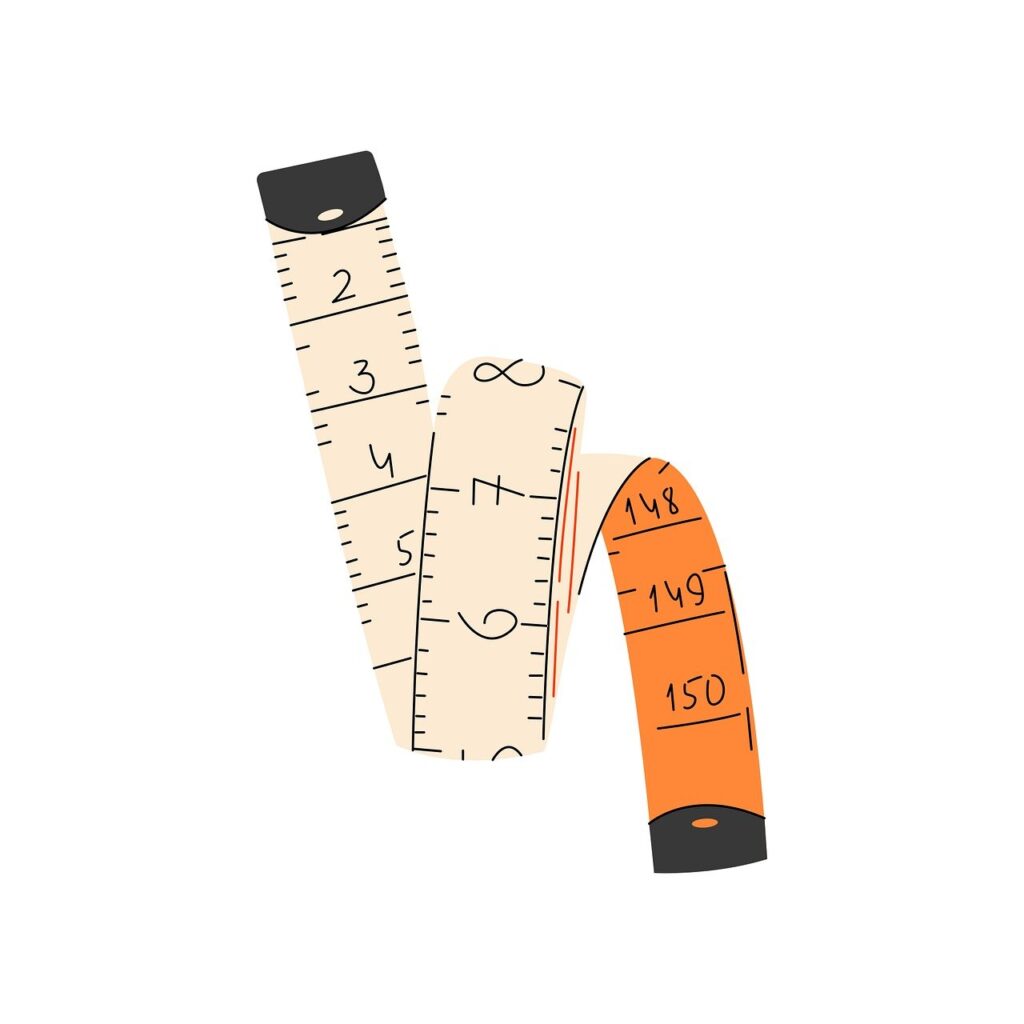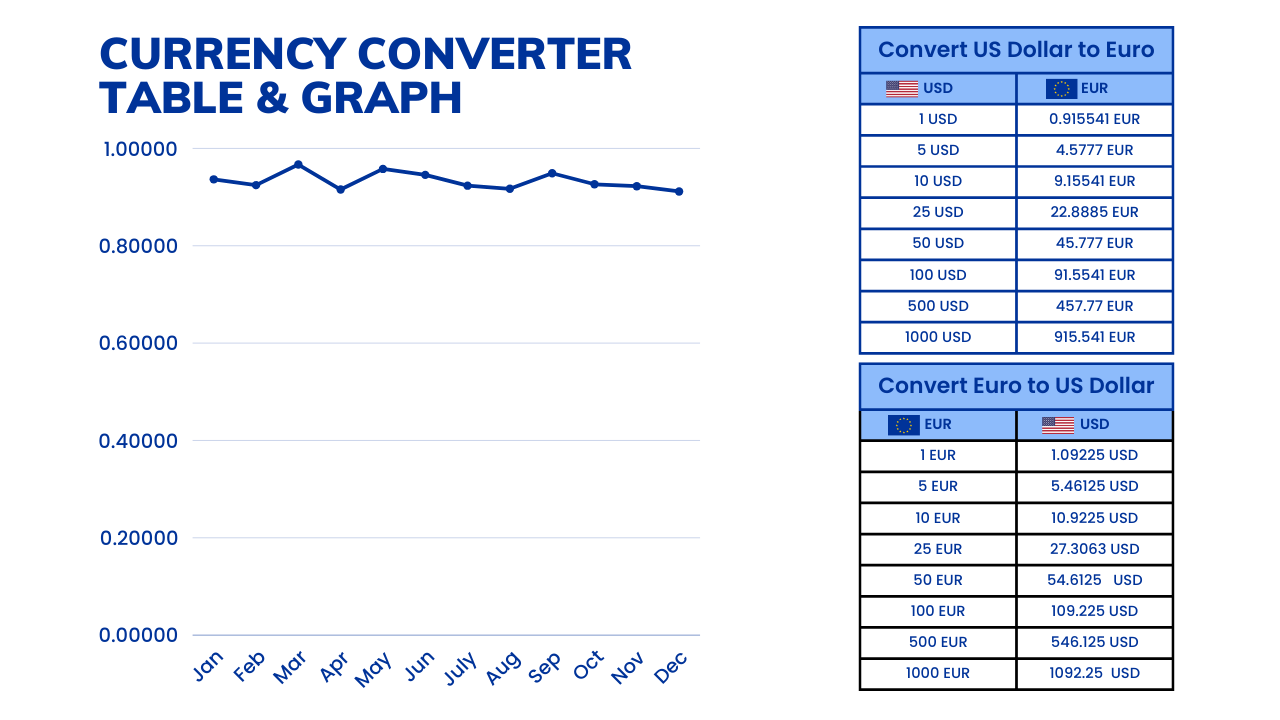Introduction
Unit converters are essential tools that help in converting one unit of measurement into another. Whether you are a student, engineer, scientist, or just someone dealing with international measurements, unit converters make calculations quick and accurate.
In a world where global trade, science, and technology rely on precise measurements, having access to a reliable unit converter can save time and reduce errors. From cooking recipes to engineering blueprints, unit conversion is a daily necessity. But how do they work, and why are they so crucial? This guide explores everything you need to know about unit converters.
What is a Unit Converter?
A unit converter is an online or offline tool that helps in transforming measurements from one system to another. It automates the conversion process, reducing human error and saving time. Some of the most common types of unit converters include:
- Length Converter: Converts meters to feet, inches to centimeters, kilometers to miles, etc.
- Weight Converter: Converts kilograms to pounds, grams to ounces, etc.
- Temperature Converter: Converts Celsius to Fahrenheit, Kelvin to Celsius, etc.
- Speed Converter: Converts kilometers per hour to miles per hour, meters per second to feet per second, etc.
- Time Converter: Converts hours to minutes, minutes to seconds, etc.
- Energy Converter: Converts joules to calories, watts to horsepower, etc.
Each of these converters is useful in different fields, from scientific research to everyday tasks like cooking and shopping.

Why Are Unit Converters Important?
1. Saves Time and Effort
Manual calculations can be time-consuming and error-prone. A unit converter instantly provides accurate results without requiring complex mathematical formulas.
2. Improves Accuracy
Even a minor miscalculation in measurements can lead to significant errors, especially in fields like engineering, medicine, and construction. Automated unit converters ensure precision.
3. Used in Everyday Life
From checking the weather in Fahrenheit or Celsius to converting kilometers to miles while traveling, unit conversion is an unavoidable part of daily activities.
4. Essential for Professionals
Architects, engineers, scientists, and healthcare professionals rely heavily on accurate conversions to maintain precision in their work.
5. Helps in Academics
Students studying physics, chemistry, mathematics, and other subjects often need to convert units during calculations and experiments.
How Do Unit Converters Work?
Unit converters work based on mathematical formulas that define the relationship between different units. Here’s a look at how common conversions are performed:
- Length Conversion Formula:
- Inches to centimeters: 1 inch = 2.54 cm
- Meters to feet: 1 meter = 3.28084 feet
- Weight Conversion Formula:
- Kilograms to pounds: 1 kg = 2.20462 lbs
- Grams to ounces: 1 g = 0.035274 oz
- Temperature Conversion Formula:
- Celsius to Fahrenheit: °F = (°C × 9/5) + 32
- Fahrenheit to Celsius: °C = (°F − 32) × 5/9
- Speed Conversion Formula:
- Kilometers per hour to miles per hour: 1 km/h = 0.621371 mph
- Meters per second to feet per second: 1 m/s = 3.28084 ft/s
These formulas are embedded in online unit converters, allowing users to get instant results without manual calculations.
Real-Life Examples of Unit Conversion
Unit conversion plays a crucial role in multiple real-world scenarios. Let’s explore some practical examples:
1. Cooking and Baking
- A recipe from the U.S. might mention cups and ounces, while a European recipe might use grams and liters. A unit converter ensures accurate ingredient measurement.
2. Traveling and Navigation
- If you’re traveling to a country that uses miles instead of kilometers, knowing the conversion can help in estimating distances.
- Temperature conversions are crucial when packing for a trip.
3. Shopping and Trade
- Different countries use different weight and volume measurements for products. A unit converter helps in comparing product quantities while shopping.
4. Health and Fitness
- Calorie and energy conversion is necessary when tracking diet and exercise.
- Many weight loss programs require conversion between pounds and kilograms.
5. Construction and Engineering
- Architects and engineers use precise unit conversions for measurements in blueprints and designs.
- Converting between metric and imperial systems is crucial in international projects.
Benefits of Using an Online Unit Converter
Online unit converters are widely used due to their convenience and accessibility. Some benefits include:
- Instant Results: No need for manual calculations.
- Error-Free Conversions: Reduces the risk of mistakes.
- Multiple Conversions at Once: Convert between various units quickly.
- Available Anytime, Anywhere: No need to carry physical conversion charts.
- User-Friendly Interface: Most online tools are simple and easy to use.
Choosing the Best Unit Converter
When selecting a unit converter, consider the following features:
- Accuracy: Ensure the tool uses the latest conversion formulas.
- Speed: Results should be generated instantly.
- Multiple Conversion Options: A good converter should support various unit types.
- Mobile Compatibility: Should be accessible on smartphones and tablets.
- Offline Access: Some tools offer downloadable versions for offline use.
Conclusion
Unit converters are indispensable tools that simplify everyday tasks and professional calculations. Whether for cooking, travel, science, or engineering, accurate unit conversion ensures efficiency and precision. With the advancement of online tools, converting units has never been easier. Next time you need a quick conversion, use an online unit converter for instant and accurate results!
